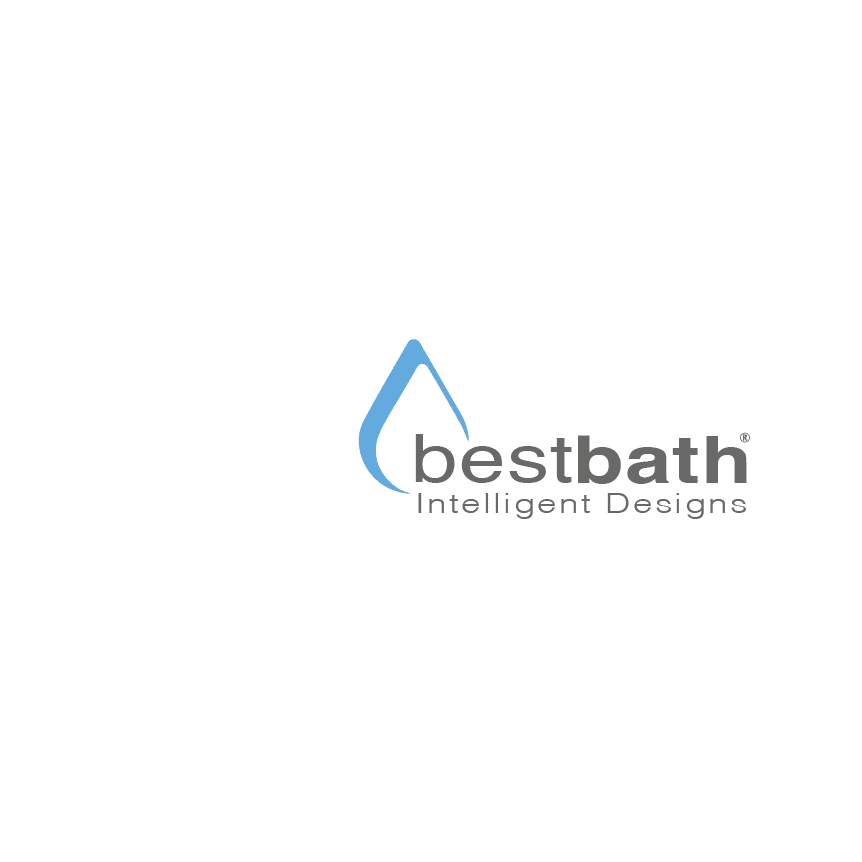Lee discusses Federal Fair Housing, ADA and California building codes.

Catch all of the PCBC conversation on our YouTube playlist: A PCBC Conversation.

The following is a transcript of the video "Building code requirements - Federal and Local: A PCBC Conversation" :
Kenneth: Let's talk about the all important code compliance, because codes are huge issue now, especially with ADA, but then local codes. So talk a little about the story of the codes on this project. Do you want talk, Lee?
Lee: Do you want to elaborate? Well, I will start.
Edward: Okay.
Lee: You know, any of the universities or any for rent property anymore, you have federal fair housing, ANSI A AND ANSI B, and then ADA comes into that criteria, which is kind of a misused term, ADA. It's just slang. You have in California, California building code, and now with the ANSI A AND ANSI B, which is applying the California building code, they have dimensional criteria. In all of the suites that are a single bathroom have to meet this susceptible or adaptable criteria dimensionally.
So when we first started in the project, the design team had the configuration, the width and the depth kind of inverted or backwards, and when I was working with the W.L. Hickey Sons team, we started out there, and as a resource, I have to say, "Okay. You're going down the road the wrong way. We'll draw design what you need. But here are the limitations. It will not meet this code, this code, or this code." And it's up to the Steinburg group to go to the city of Palo Alto and ask and try and guarantee or achieve a waiver for design deviance that may be out of compliance.
Well, it came back, yeah, you know, you guys are right. We gotta switch this around, and while we were working through the dimensional criteria, now the framing starts changing someway, and they want it just a little bit bigger and just a little bit deeper and to add a soap dish, one of the left, one on the right. And the team at BestBath in going, "Well, this is our tenth revision," which this is what it takes, sometimes many revisions to get the end product. And then, again, we're dealing with an architect from a different country, and at one point, they were looking for little two inch tiles, which would've been a nightmare just from the cleaning standpoint.
Edward: It wouldn't look very good either.
Lee: It wouldn't look very good, and just, you know, but this was their idea based on the materials they typically use.
Edward: Right.
Lee: So, anyway, we go through this whole thing and now we're signed off, and it was a task and a tremendous amount of patience on everyone's part because we kept revising, and revising, and revising. But once we got the go ahead, W.L Hickey Sons they just instantly said, "Okay. We're going forward. Let's do it." They issued their contract and we started tooling and getting ready for deliveries.
Edward: If I can say one thing on the ADA. The ADA is a moving target. It seems like every six months to a year it is changing little rubs come in, they learn something, they change it. So you have that one component. Then you have to compound that with every building department has a different interpretation so which means something else changes. So a lot of times, we have manufacturers that say, "Well, this is ADA compliant," and you get...you go to the city and they go, "Not by our rules." And we say, "And those are the rules that are going to count." So, you need someone with flexibility, and so...
Kenneth: But that's also, to tie back to an earlier point, that that's where the relationship is so important that you've worked together, you've had a successful track record.
Edward: It's where you can have a dialogue between the building department, the manufacturer, and yourself, and you come up with a solution and there's nothing more frustrating, like, "Well, here's your solution. This is the way we make it," and...
Lee: We can't do that.
Edward: Yeah, we can't do that.
Lee: And Palo Alto is probably one of the toughest jurisdictions to build in.
